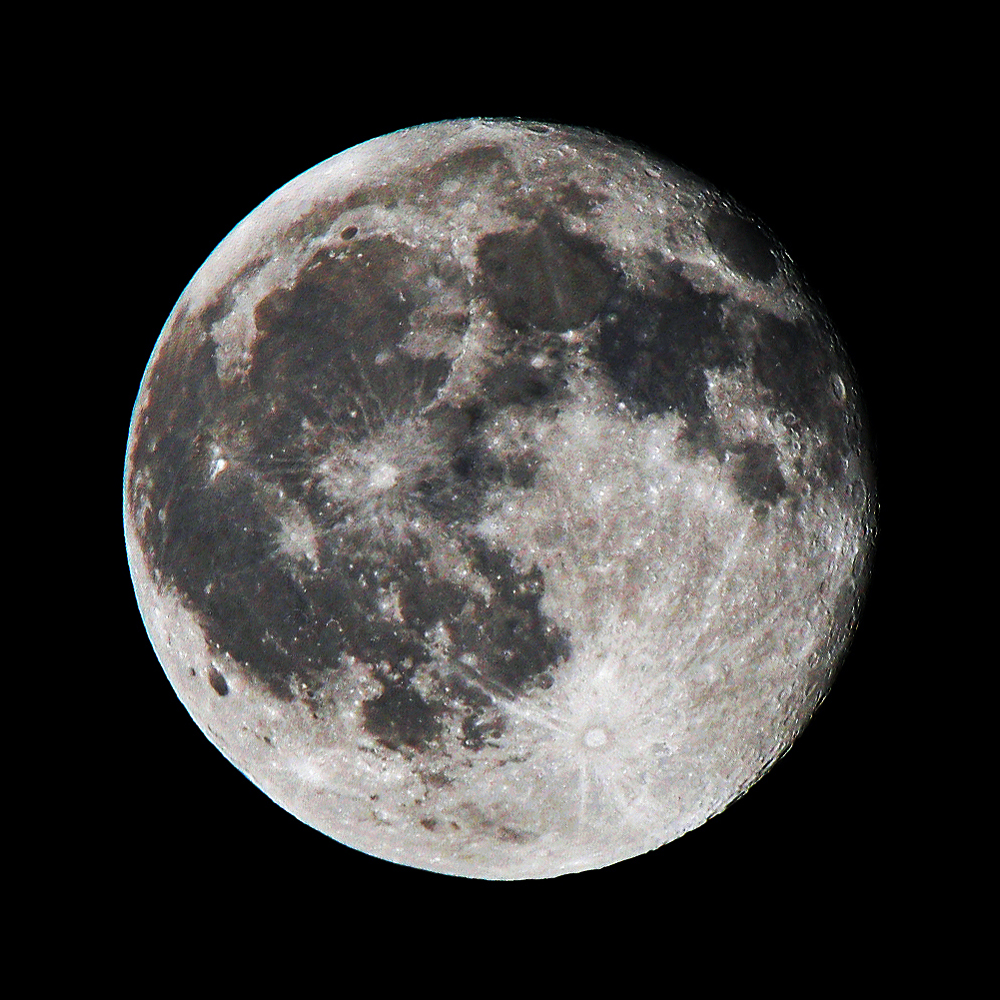 |
| Photo by Meg Lessard I actually have this deck! |
My first deck, the deck I learned on and used for years is the deck in the photograph. My father bought it when he was bumming around Europe in the late 60s/early 70s, and brought it home with him. About a decade later I was born, and less than a decade after that the cards found their way into my hands (totally through theft and trickery on my part) and I was teaching myself to read them.
Incidentally, I wouldn't actually recommend that deck to new learners, the minor arcana lacks the symbolism of the more traditional Rider-Waite deck, resembling a deck of playing cards instead. It's easier to glean the meaning of a deck containing artwork, if you get my meaning. Not that any of that mattered to my eight-year-old self.
I own several decks, each, I've found, has it own subtleties of meaning and preferences of use. The deck I learned on was made in Switzerland by a company called Schaffhouse and, as far as I can tell, are fairly out of use by modern readers, and though I still have it, I only bring it out for special occasions (or if someone requests it). I also own The Robin Wood Tarot—a Rider-Waite descendent, the Witchy Tarot—a fun, very teenager oriented deck, Raymond Buckland's Romani Tarot—a little more hippyish than the Robin Wood deck, a Steampunk themed deck, a Hello Kitty themed deck—a friend of mine from high school gave me that, The Wild Unknown Tarot—a beautiful, nature themed deck, and a set of Medieval Scapini Tarot which one of my brother's friends left at our house in high school. I have at times owned many, many more decks, but, as with anything, sometimes I outgrow them, or they don't work for me, or I think someone else will appreciate and use them more, so I pass them on. I think I gave my friend (and sometimes coauthor of this blog) Leanne my old Rider-Waite and the Mother Earth Round Tarot decks. A few years ago I finally threw out my old and incomplete Thoth deck, which had been missing about five cards for nearly as long as I can remember.
I have other oracle decks because cartomancy is my preferred form of divination—I can even read a deck of playing cards!—but the Tarot is where my heart lies. Which brings me to the reason for this post.
Earlier this week I was desperate to find some old books, and since I packed most of my books up and threw them in my parents basement, that's where I ventured to find them. I spent several hours digging through the many boxes of book piled down there, mostly thinking about how I really need to get rid of most of them, and growing more and more frustrated that I wasn't finding the books that I wanted. One of the things I did find, however, was A Complete Guide to the Tarot by Eden Gray, a book I hadn't seen in over 20 years. It was the book my father bought to go along with his Tarot deck, and was (one of) the book(s) I learned from when I was learning to read the cards. Published in 1970, eleven years before my birth, and with a simple black cover it was just mysterious and occult-ish looking enough for eight-year-old me to fall head-over-heels for. Feeling delightfully nostalgic I decided to bring it upstairs and go through it again as an adult.
It's still a delight, that book. And one from which I can learn. It's more formal than my current reading style, and advocates pulling out a querent card, which I never do. Though I remember going through the Court cards and their meanings and trying to find the perfect one for me or my friends when I was younger. I still use the Celtic cross layout occasionally, and I've begun studies in Western ritualistic magics so the Tree of Life layout in Gray's book will prove, I think, to be helpful. There is one layout that I never use, and never really used as a kid, and that is what I did for myself today. That method is called The Horoscope Method by Eden Gray and is explained below the cut along with my reading.

.jpg)





_Georges_Merle.jpg)
